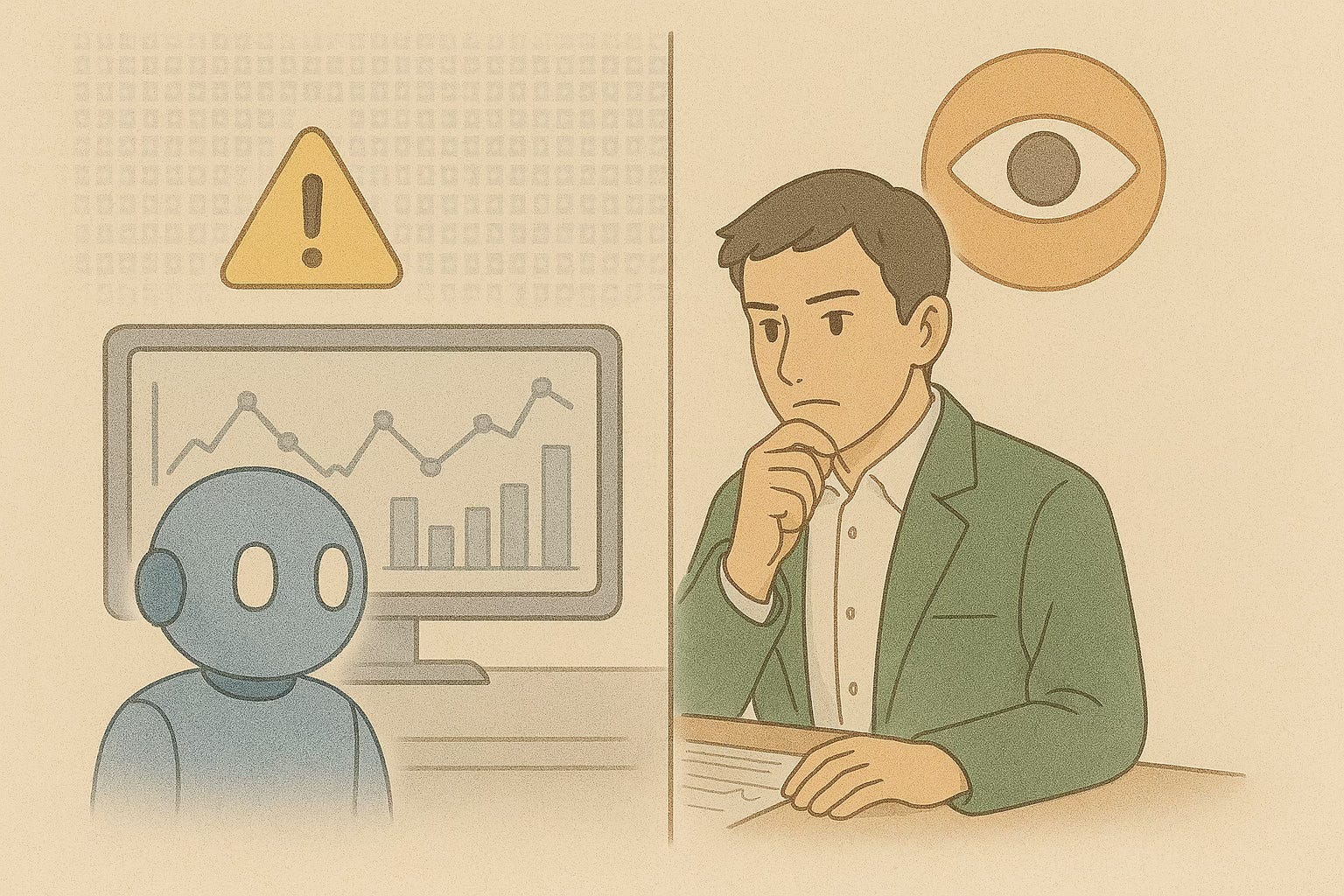 After decades in cybersecurity, patterns emerge. The security landscape has always valued deeply technical experts, and this foundation remains vital. But as AI transforms our field, I’m seeing the emergence of a pivotal role at the intersection of technical depth and strategic thinking—what I call the “hacker-strategist.”
After decades in cybersecurity, patterns emerge. The security landscape has always valued deeply technical experts, and this foundation remains vital. But as AI transforms our field, I’m seeing the emergence of a pivotal role at the intersection of technical depth and strategic thinking—what I call the “hacker-strategist.”
This isn’t about creating a new title. Many security professionals already embody aspects of this archetype (hi!). Rather, it’s about recognizing which skills will become essential as AI reshapes cybersecurity. And, silently, those that will be obsolete. But don’t fret, there’s a way forward if you’re willing and able.
As automation handles routine security tasks, the most valuable security professionals will be those who can orchestrate AI agents while maintaining the adversarial creativity that defines our field. Their role won’t be to perform repetitive analyses that AI can handle—it will be to leverage AI as a force multiplier for human insight.
Prompt engineering will become central to cybersecurity—not merely as a technical skill for crafting queries, but as a catalyst for innovation. Through clever prompts and thoughtful ideation, the hacker-strategist creates entirely new capabilities, develops novel agents, and uncovers insights that neither humans nor machines could discover independently. This experimental approach represents a fundamentally different security paradigm than today’s operations.
Why Human Oversight Remains Critical
 Despite AI’s capabilities, security requires knowledgeable humans to validate and refine AI-generated analyses. Without this oversight, AI systems may operate beyond conceptual boundaries in ways that are technically sound but strategically misaligned with organizational risk tolerances.
Despite AI’s capabilities, security requires knowledgeable humans to validate and refine AI-generated analyses. Without this oversight, AI systems may operate beyond conceptual boundaries in ways that are technically sound but strategically misaligned with organizational risk tolerances.
The security failures of tomorrow won’t come from lack of technical controls—they’ll stem from AI systems operating without proper human guidance, generating blind spots in our defenses. The hacker-strategist provides the critical judgment that prevents these failures.
The Coming Transformation
 This shift isn’t speculative—it’s already beginning. Organizations that recognize this evolution will cultivate security professionals who can think both technically and strategically, who understand both machine capabilities and human risk factors.
This shift isn’t speculative—it’s already beginning. Organizations that recognize this evolution will cultivate security professionals who can think both technically and strategically, who understand both machine capabilities and human risk factors.
In future articles, I’ll explore specific dimensions of this transformation—from specialized security training to AI adversarial research methodologies—but the core remains clear: as AI capabilities accelerate, the professionals who thrive will be those who can harness both human creativity and machine intelligence.
The security industry faces a choice: embrace this evolution or become increasingly irrelevant as automation reshapes our field. The era of manually implementing controls and running repetitive analyses is ending. And, to be honest, I’m really looking forward to that day. The future belongs to those who can architect security approaches that leverage AI to solve problems at scale while maintaining the human insight that technology alone cannot provide…yet.
(This marks the first in a series exploring cybersecurity’s AI-driven evolution.)
Thanks for reading! This post is public so feel free to share it.